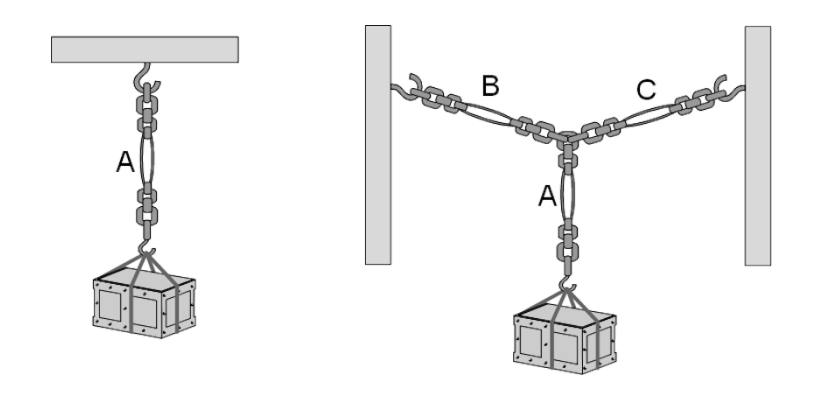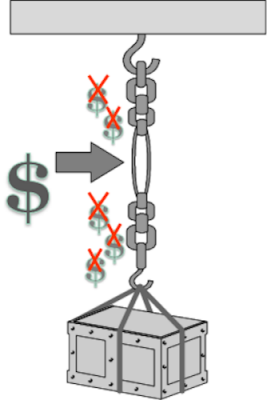Finding the constraint – is it obvious what it is and where it is?

Why do systems (companies) have constraints anyway?
Because systems are not balanced - here are a few reasons for this:
• Systems keep evolving – think in terms of adding and deleting components.• System components are not equally capable of doing whatever they are supposed to.
• Systems are under stress, strain, pressures, and disturbances from both outside and inside.
• Last but not least, simply shifting towards a different goal the system’s balance (and hence the constraint) changes.
Do not spread your effort – concentrate on the constraint

